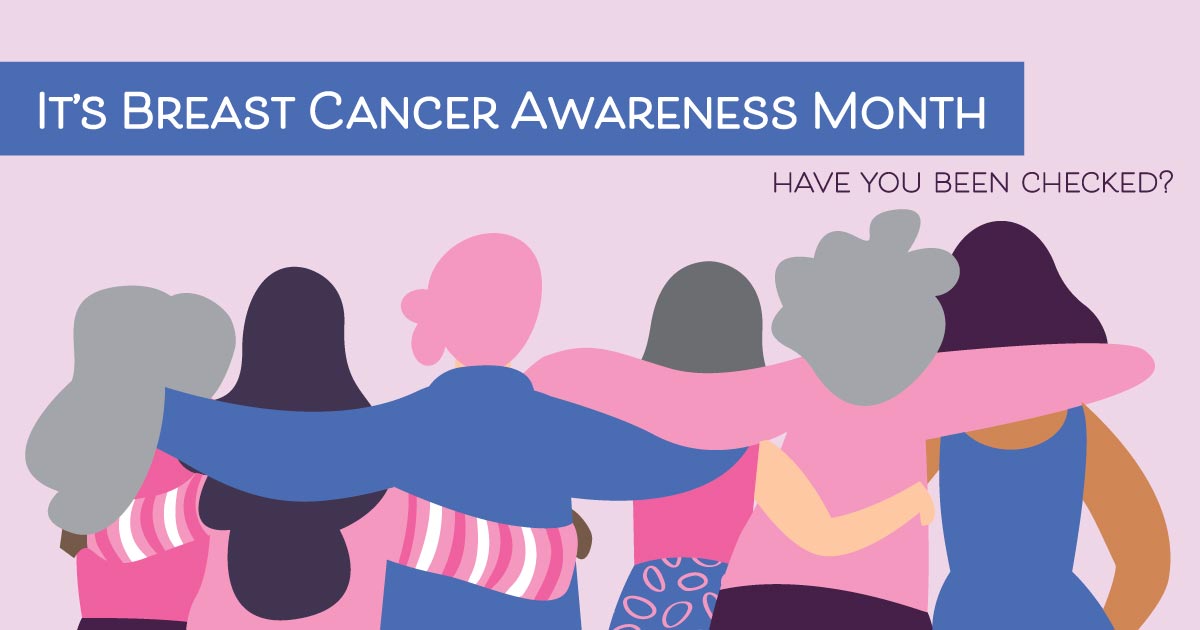

Oct. 10, 2020—Almost all of us know someone—a loved one, a friend, a neighbor—who's faced breast cancer. Before this year ends, an estimated 276,480 women will have been diagnosed with it, according to the American Cancer Society (ACS). That makes breast cancer the leading cancer in U.S. women, aside from skin cancers.
But as common as it is, many people don't know a few key facts. Here are seven things women—and men—should know about the disease, from the ACS, the Centers for Disease Control and Prevention and the National Institutes of Health:
1. The average American woman has a 1 in 8 chance of developing breast cancer. That sounds bad, but consider the flip side: Most women have a 7 in 8 chance of never having this disease.
2. Most women with breast cancer don't have a family history of this disease. Age, not family history, is the most important risk factor. Most breast cancers are found in women 55 and older.
3. Breast cancer death rates have dropped significantly for women. They fell 40% from 1989 to 2016. Two likely reasons are better treatments and earlier detection through screening. Since 2007, death rates have continued dropping in older women and stayed steady in those younger than 50.
4. Regular mammograms do more than save lives. If breast cancer is detected, they lower the chance that women will need aggressive treatment, such as a mastectomy (surgery to remove the entire breast) or chemotherapy. That's another reason to talk with your doctor about the best screening schedule for you—and to follow through.
5. A new lump isn't the only symptom. That's the most common one, but there are other red flags women should be aware of. Alert your doctor to any of these breast changes:
- Swelling of all or part of a breast, even without a distinct lump.
- Skin irritation or dimpling, sometimes looking like an orange peel.
- Breast or nipple pain.
- A nipple that turns inward.
- Redness, scaliness or thickening of a nipple or breast skin.
- Nipple discharge other than breast milk.
- Swollen lymph nodes under an arm or around a collarbone.
6. You can help reduce your risk of breast cancer. Research suggests that moderate to vigorous exercise and staying at a healthy weight may protect against breast cancer. And women who breastfeed, especially for a year or more, may slightly lower their breast cancer risk as well.
7. Men get breast cancer too. Everyone has breast tissue. That means men can also develop breast cancer, though that's rare. Male breast cancer accounts for less than 1% of all breast cancers. Exposure to radiation, a family history of breast cancer and a mutation in the BRCA2 gene all increase a man's risk. So does having a disease linked to high estrogen levels, such as liver disease.
What's your breast cancer risk?
Take this assessment and share the results with your doctor.